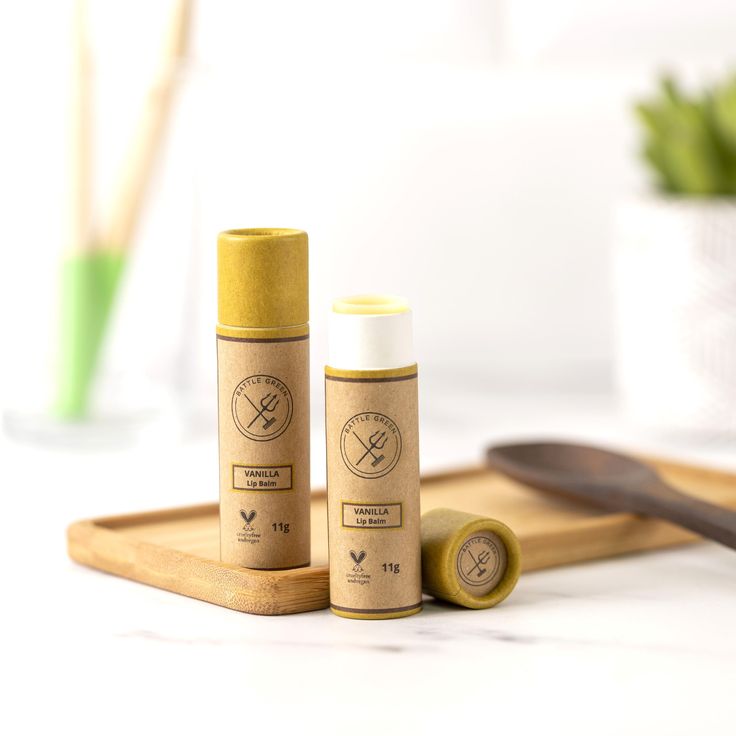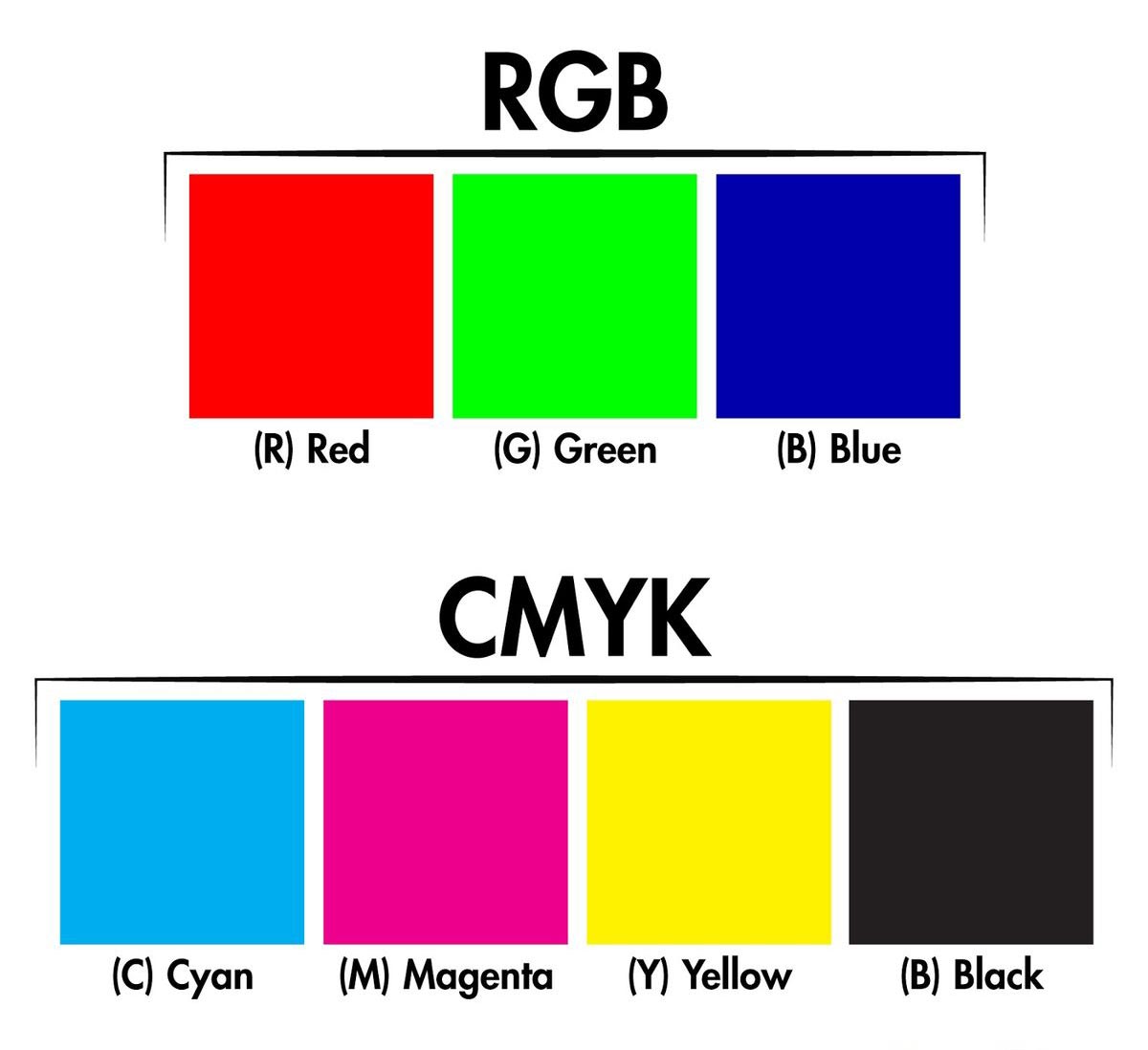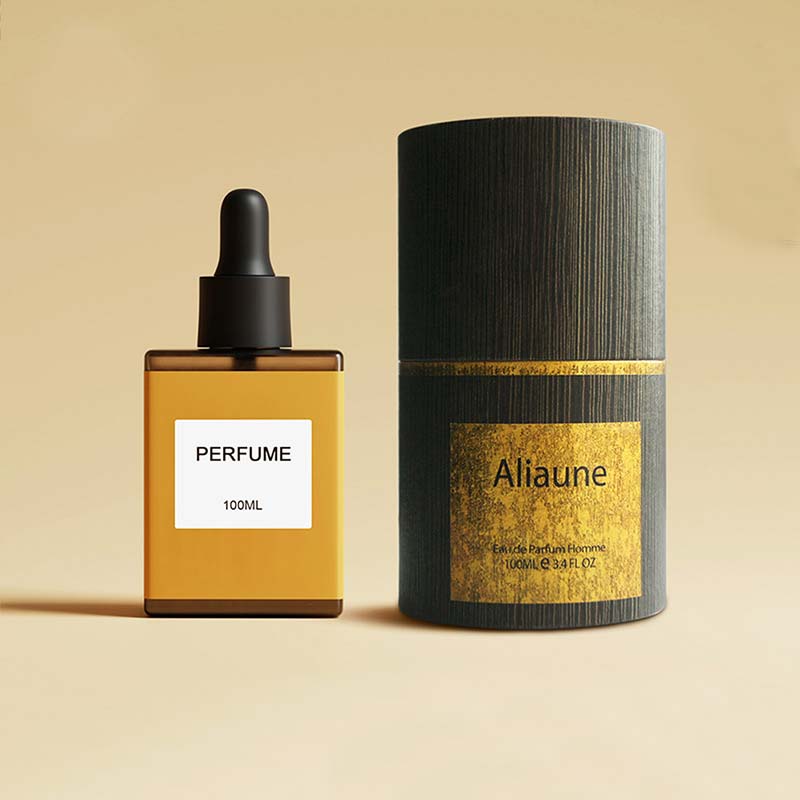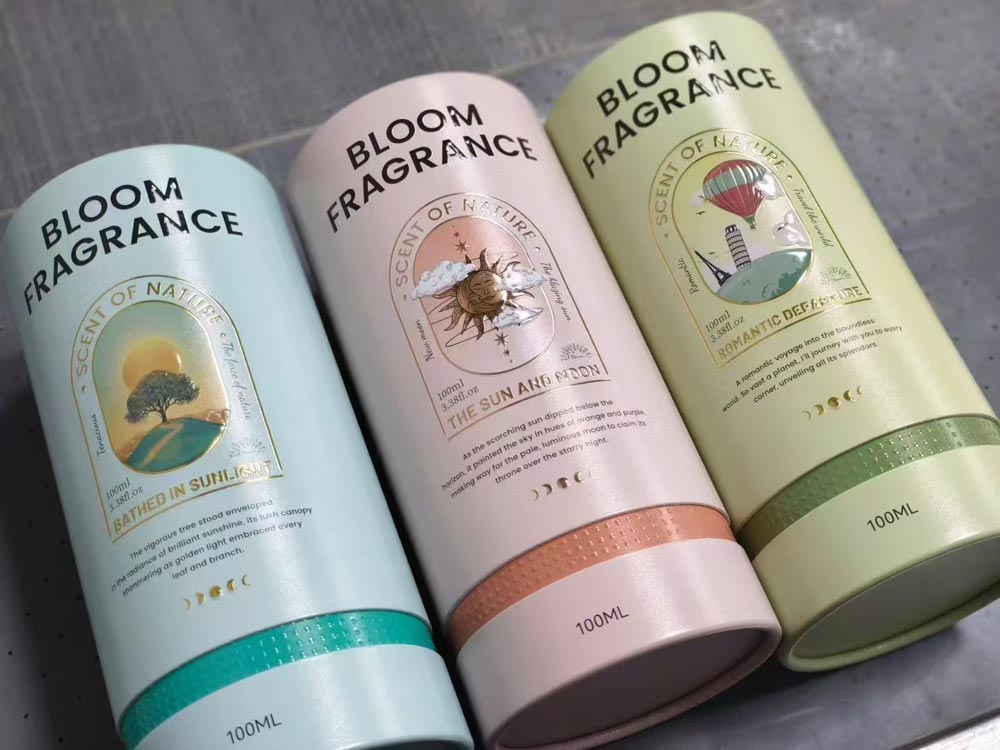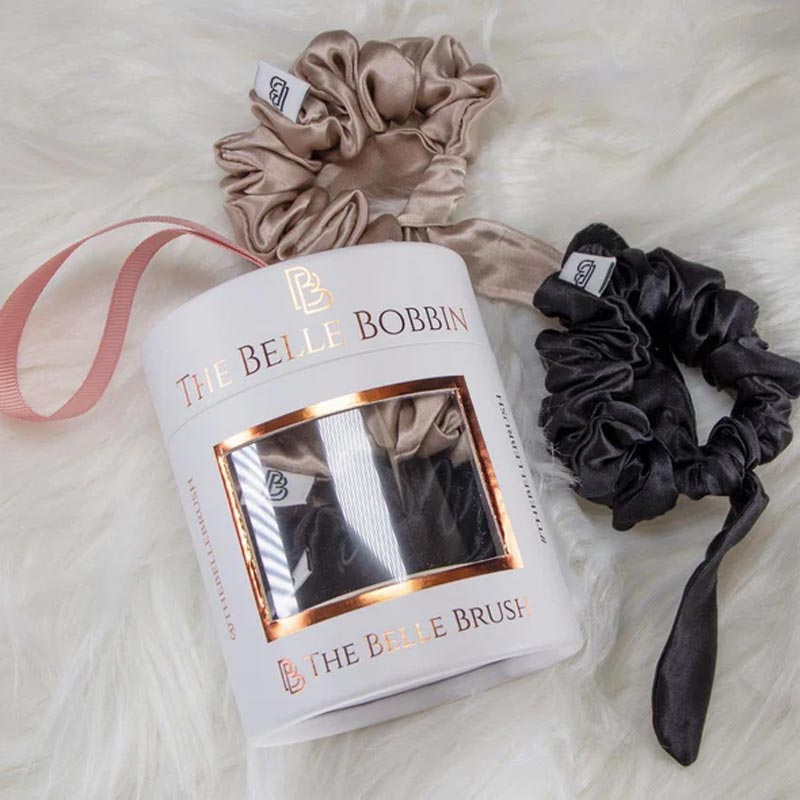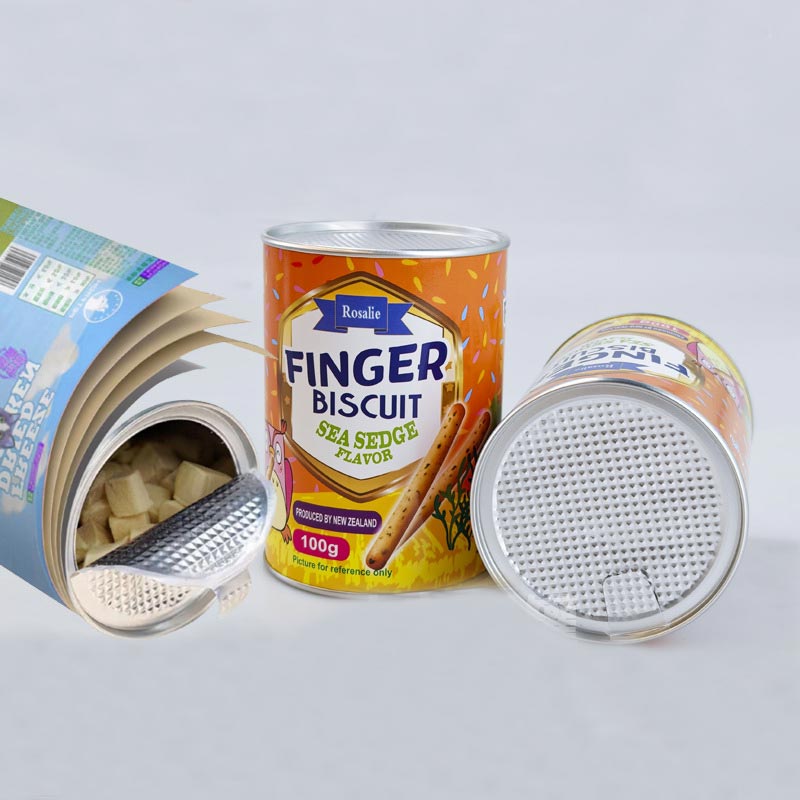
The appeal of paper tube packaging is undeniable – it offers a premium, sustainable, and highly brandable container for everything from specialty foods to sensitive electronics. However, brands often face a significant hurdle: creating truly airtight paper tubes that can effectively protect contents from moisture, oxygen, and contaminants. This sealing challenge becomes particularly crucial for products requiring extended shelf life or protection from environmental factors. The good news is that modern paper tube sealing methods have evolved to provide reliable solutions for creating moisture proof packaging that maintains product freshness and quality. In this comprehensive guide, we’ll explore the most effective techniques manufacturers use to transform standard paper tubes into sealed paper containers that meet even the most demanding protection requirements.
The Fundamentals of Paper Tube Sealing: Understanding Your Options
The key to creating an airtight paper tube lies not in altering the paper itself, but in strategically sealing its endpoints. Unlike plastic containers that can rely on threaded necks and elastic gaskets, paper tube sealing focuses on creating a barrier at one or both ends of the cylinder. The primary solutions available range from industrial-grade seals to cost-effective alternatives, each with its own merits for achieving moisture proof packaging.
Method 1: Full End Heat Sealing – The Maximum Protection Solution
This is the gold standard for creating a truly airtight paper tube.
How It Works: The paper tube is manufactured with a heat-sealable coating or a pre-laminated layer (like PET or PP) on the inner rim. After filling, a specialized heat seal machine applies precise heat and pressure to the opening, melting the layer to create a permanent, hermetic foil or film membrane.
Barrier Performance: This method provides an excellent barrier against moisture, oxygen, and light, significantly extending product shelf life. It is the go-to solution for high-value, sensitive products.
Ideal For: Protein powders, premium loose-leaf teas, ground coffee, functional supplements, and any product where maximum freshness is critical.

Method 2: Lined Tubes with End Closures – The Hybrid Approach
For products that require both robust protection and user-friendly reusability, a hybrid system is ideal.
How It Works: This paper tube packaging solution combines two elements:
An integrated foil liner or a separate foil-lined pouch inside the tube.
A secure end closure, such as a metal tin tie end, a plastic screw-on cap, or a press-on lid.
How Sealing is Achieved: The liner provides the primary barrier, while the end closure offers physical protection, prevents contamination, and allows for repeated opening and closing. This makes for highly functional food grade paper tubes.
Ideal For: Gourmet snacks, tea bags, coffee pods, and products where consumers value convenience without sacrificing freshness.
Method 3: Spot Sealing & Adhesive Foil Seals – Cost-Effective Alternatives
For brands with lower volume or less extreme sensitivity needs, simpler methods can provide sufficient moisture proof protection.
How It Works:
Spot Sealing: A handheld heat gun or sealer is used to melt a pre-applied sealant around a plug or inner lid, creating a localized airtight seal.
Adhesive Foil Seals: A pre-cut foil seal with a pressure-sensitive adhesive backing is manually or mechanically applied to the tube’s end, much like the seal on a yogurt cup. This is one of the most economical paper tube sealing methods.
Ideal For: Short-shelf-life baked goods, craft items, DIY powders, and other products where basic protection from air and dust is the primary goal.
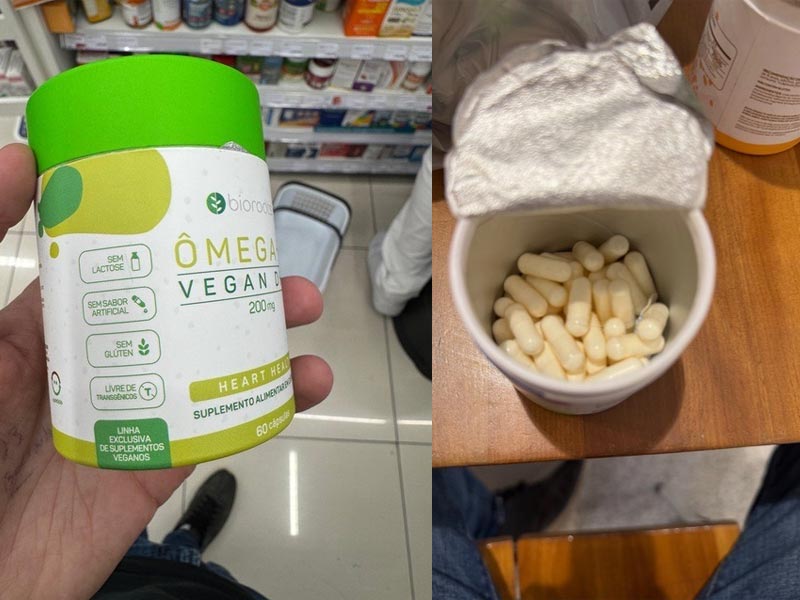
Method 4: Tube + Pouch System – The Flexible & Cost-Effective Solution
This innovative approach separates the structural and barrier functions, offering exceptional flexibility for various production scenarios.
How It Works: The system utilizes two independent components:
The paper tube serves as the external structural shell, providing rigidity, brand display, and physical protection
A separate sealed barrier pouch (typically foil laminates or metallized films) contains the product and provides the actual moisture and oxygen protection
How Sealing is Achieved: The product is first sealed within the barrier pouch using impulse sealers or other packaging equipment. This sealed pouch is then placed inside the paper tube. The tube itself may be closed with simple end caps or plugs since the primary protection comes from the pouch.
Ideal For: Small-batch producers, subscription box items, product sampling, and situations where packaging flexibility and lower equipment investment are priorities. This method is particularly suitable for eco-friendly packaging initiatives as it allows for tube reuse while maintaining product freshness.
To learn more specific details on this method, pls refer to our blog: Tube+ Pouch solution for airtight paper tubes for food.
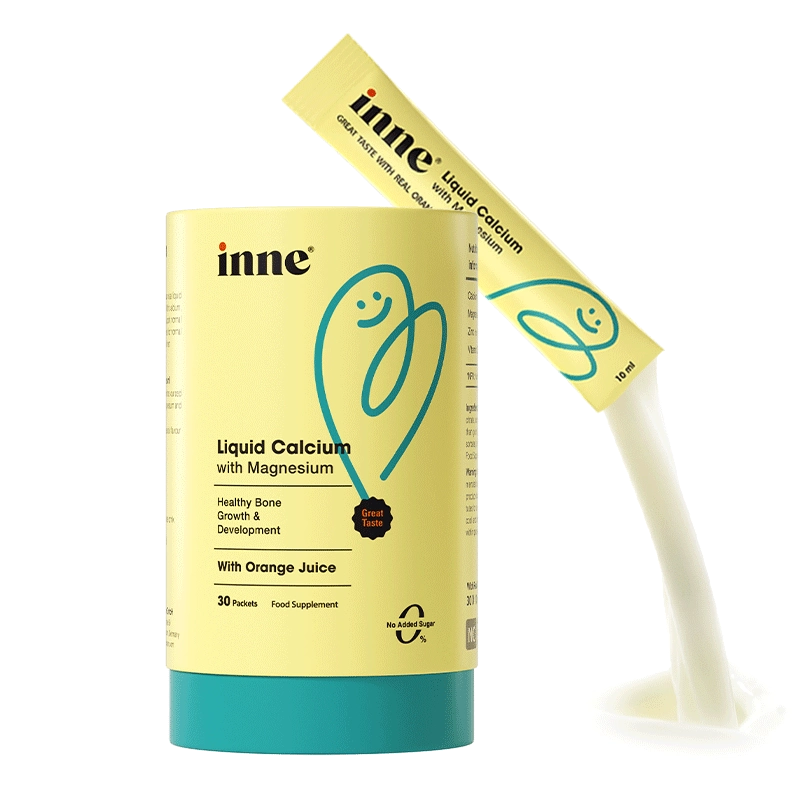
Implementing Your Chosen Sealing Method: Equipment and Process Guide
Successfully implementing these solutions requires understanding the specific equipment and processes involved:
For Heat Sealing: Requires heat seal machinery ranging from $800-$2,000 for manual benchtop units to $5,000+ for semi-automated systems with output of 20-30 tubes per minute.
For Lined Tubes with Closures: Needs crimping machines ($1,500-$4,000) for metal ends or compression systems for plastic caps, typically achieving 30-50 tubes per minute in production environments.
For Tube + Pouch Systems: Utilizes impulse sealers ($100-$400) for pouch sealing, making it the most accessible method for small producers while allowing production speeds of 10-15 units per minute manually.
For Adhesive Seals: Requires simple manual application or semi-automatic labeling machines ($1,000-$3,000), capable of 40-60 tubes per minute in production settings.
Quality Assurance: How to Verify Your Paper Tube is Truly Airtight
Implementing robust quality control measures ensures your sealing method performs as expected:
Visual Inspection: Check for complete adhesion, absence of wrinkles or gaps, and proper seal integrity – the first line of defense in quality control.
The Water Immersion Test: A reliable, cost-effective method where sealed tubes are submerged and internally pressurized, with any leaks revealing themselves through bubble streams. This method detects leaks as small as 100-200 microns.
Professional Validation: Laboratory testing including oxygen transmission rate (OTR) analysis per ASTM D3985 and water vapor transmission rate (WVTR) testing per ASTM F1249 provides quantitative data on barrier performance.
Production Sampling: Implementing statistical sampling plans (AQL levels) ensures consistent quality across production batches, typically checking 1-2% of production output for critical parameters.
Choosing the Right Sealing Method: A Decision-Making Guide
Selecting the optimal sealing strategy requires balancing multiple factors. This decision matrix provides clear guidance:
| Your Primary Requirement | Recommended Method | Key Technical & Business Rationale |
|---|---|---|
| Maximum Protection & Shelf Life (pharmaceuticals, high-value supplements) | Full End Heat Sealing | Superior barrier properties (OTR <0.5 cc/m²/day), tamper evidence, and proven long-term stability data |
| Premium Experience & Reusability (daily supplements, consumer goods) | Lined Tubes with End Closures | Excellent barrier with user convenience, supporting brand premium positioning and repeat usage |
| Production Flexibility & Cost Management (small batches, sampling, startups) | Tube + Pouch System | Lowest equipment investment, flexible production scheduling, and simple scalability as business grows |
| Basic Protection & Minimum Investment (craft goods, low-risk items) | Adhesive Foil Seals | Immediate implementation, no capital equipment required, and sufficient for non-critical applications |
Your Trusted Partner in High-Quality, Sealed Paper Tube Packaging
At Allpapertube packaging, we bring scientific precision and manufacturing excellence to the challenge of creating airtight paper tubes. As specialized manufacturers of sustainable paper tubes, we understand that effective sealing is not just about applying a technique – it’s about engineering a complete solution tailored to your product’s specific requirements.
Our technical team provides comprehensive support through:
Protection Requirement Analysis: Evaluating your product’s sensitivity to environmental factors and establishing precise barrier specifications
Methodology Selection: Recommending the most technically appropriate and economically viable paper tube sealing method based on your production volume, shelf-life requirements, and operational capabilities
Integrated Manufacturing: Delivering complete sealed paper containers with consistent quality, from material selection through final sealing and packaging
We are committed to advancing sustainable paper tube technology while ensuring your products receive the protection they deserve. Our quality systems and manufacturing processes are designed to deliver packaging solutions that protect your product and enhance your brand reputation.
Contact us today to schedule a technical consultation and receive samples demonstrating how our sealed paper tube solutions can protect your products while advancing your sustainability goals.


